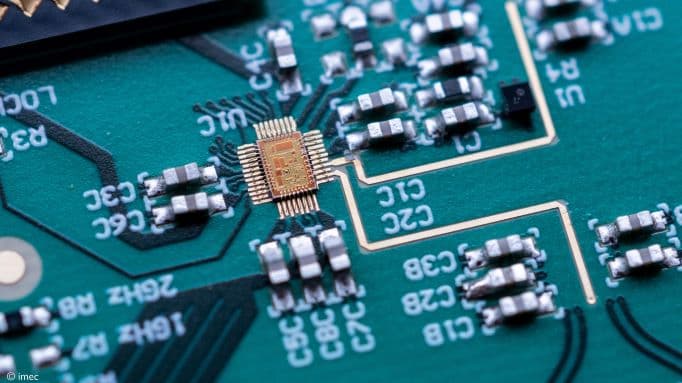This article appeared in Microwaves & RF and has been published here with permission.
Efficient factories build on a timely exchange of data, but not every piece of information should be treated equally. Emails, for instance, can typically be delivered with an acceptable delay. Other applications, however, strongly depend on a prompt transfer of the underlying (sensor) data. Think of autonomous-system applications such as drones, cobots, automated guided vehicles, or closed-loop control systems where every (micro)second is vital. This is where time-sensitive networks (TSNs) come in.
Since the 1980s, Ethernet has been the default technology option for exchanging factories’ time-critical data. While they are robust, Ethernet-based TSNs also have a huge drawback: with cables running everywhere, rearranging a factory’s production floor becomes quite a challenge. That’s why the manufacturing industry has been calling for the installation of wireless TSNs, unhindered by the roll-out of cables. But are wireless communication technologies capable of meeting TSNs’ stringent requirements?
In the following contribution to Microwaves & RF magazine, Ingrid Moerman and Jeroen Hoebeke – wireless network technology experts at IDLab, an imec research group at Ghent University and the University of Antwerp – evaluate the various technology options for the roll-out of wireless TSNs.
More about these topics:
Published on:
28 May 2021













